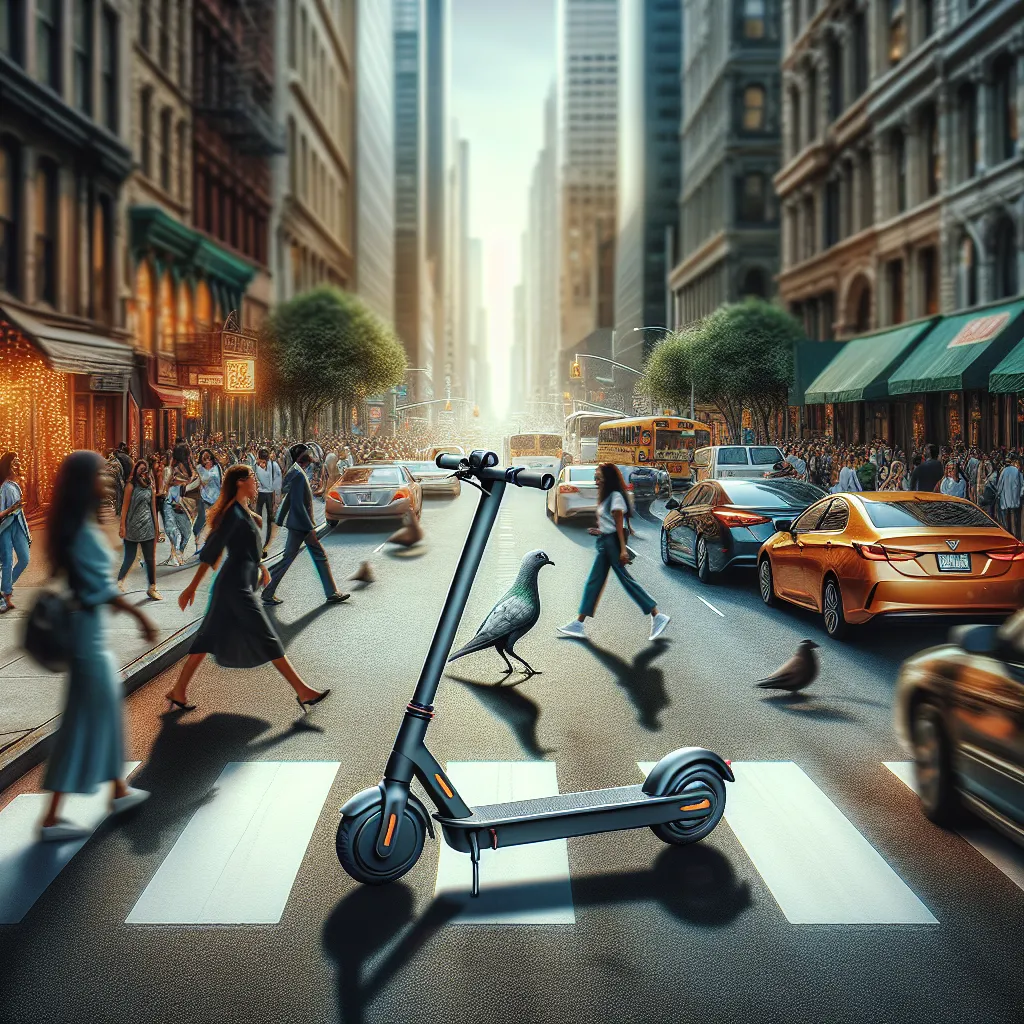Regulating the use of electric scooters in Malaysia

With increasing environmental awareness and social consciousness, electric scooters (or "e-skaters") are becoming an increasingly popular means of transportation. E-skaters are battery-powered and help reduce emissions and traffic, so they are greener and more sustainable than most traditional private vehicles.
In Malaysia, the use of micro-mobile vehicles, including probably e-skaters, is regulated under the Road Transport Act 1987 ("RTA"). The term 'micro-mobile vehicle' is defined as 'any vehicle propelled by electricity, internal combustion engine or human power or a combination of electricity,''of internal combustion engine or human power, and having a maximum speed of 50 km/h'." While the Malaysian government understood the important role that micro-mobility could play, the Micro-Mobility Vehicles (Prohibition of Use of Certain Micro-Mobility Vehicles) Regulations 2021 ("MVR") came into force on December 17, 2021 to address safety concerns arising from the use of micro-mobility vehicles such as mopeds, personal mobility aids and mobility aids for the disabled.
Equipment specifications
According to the MVR schedule, micromobility vehicles can be divided into two categories: (1) mopeds and (2) personal mobility devices ('PMDs'). PMDs can be further''categorize into (1) PMDs with human power; (2) PMDs with electricity or an internal combustion engine; and (3) mobility aids for the disabled. E-skaters can potentially be classified as 'e-skaters with electric power or internal combustion engine' if they meet the following criteria:
- is propelled by electricity or by an internal combustion engine with a cylinder capacity not exceeding 50 cm3 or both;
- gas or other methods for acceleration and speed control have been installed;
- there is a seat or platform for the user to stand on and there may also be a seat or platform for the passenger to stand on;
- is not equipped with pedals for'. 'driving or acceleration and speed control;
- navigation control is by steering wheel or limb movement or body movement;
- speed does not exceed 25 km/h;
- tare weight does not exceed 50 kg; and
- the total width of the vehicle does not exceed 700 mm (including the body, tools and accessories).
Requirements for use
Rule 3 of the MVR prohibits the use of certain micromobility vehicles on any part of a road.
With respect to offenses, users of micro-mobility vehicles are subject to the provisions of the RTA relating to causing death by reckless or dangerous use of a micro-mobility vehicle; reckless and dangerous use of a micro-mobility vehicle; negligent and unconscious use of a micro-mobility vehicle; causing death while using a micro-mobility vehicle under the influence of alcohol or drugs''means; causing injury while using a micro-mobile vehicle under the influence of alcohol or drugs; using or being in control of a micro-mobile vehicle with an alcohol content that exceeds the prescribed limit; refusing to provide a breath sample without good cause; suspecting the presence of alcohol in the body; and refusing to provide samples (e.g., breath, blood, or urine) for analysis. However, the RTA and MVR do not specify other necessary requirements for the use of micromobility vehicles, such as: use of a helmet and/or certain safety equipment; minimum age of users; users' driver's license; purchase of insurance; and''registration of micro-mobile vehicles.
Operational requirements
Operators of e-skaters must also comply with the parking regulations of their respective municipal or city councils. As provided in section 72(1) of the RTA, any relevant institution or public authority may establish suitable parking spaces for vehicles through an order published in the Gazette. It is recommended that authorization be obtained from the relevant municipal or city councils.
Data protection requirements
Although not directly relevant to the regulation of e-sketchers, the requirements of the Personal Data Protection Act 2010 are worth considering by operators''s e-skater rental business, as e-skater rentals are often done through mobile apps, in which case personal data of app users is often collected and processed through apps.
The future of e-skaters
It is undeniable that the use of e-skaters is changing streets and cities around the world, and the development of e-skaters is inevitable. In this regard, regulators around the world are on the way to implement and improve regulations for e-skaters. With the above in mind, it can be considered that a complete ban on the use of e-skaters may not be possible - instead, a balance between safety and environmental protection needs to be found.
Comment
Popular Posts
Popular Offers

Subscribe to the newsletter from Hatamatata.com!
Subscribe to the newsletter from Hatamatata.com!
I agree to the processing of personal data and confidentiality rules of Hatamatata














